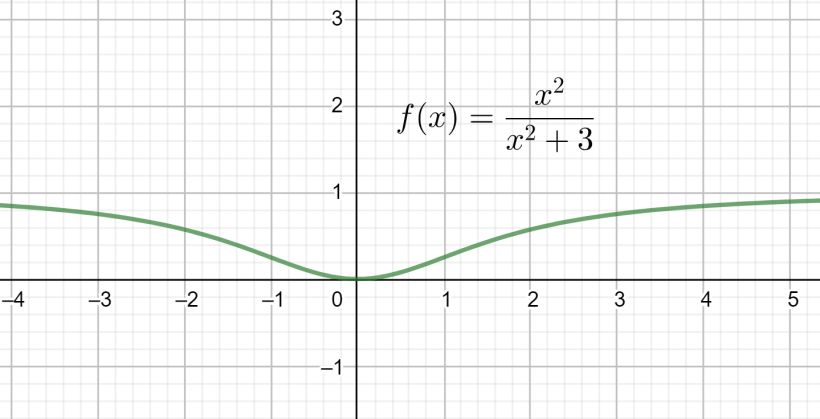
How do you find increasing, decreasing intervals, local max mins, concave up and down for
Answer
456.3k+ views
Hint: Here we have been asked to find the increasing, decreasing intervals, local maximum and minimums, concave up and down for
Complete step by step solution:
Now considering from the question we have been asked to find increasing, decreasing intervals, local max mins, concave up and down for
For that we will first derivative the given function with respect to
When
By substituting different values for
So we can say that the function is decreasing in
Now we will differentiate the expression which we got by differentiating
When
Therefore the local minimum exists at
We will evaluate around the inflection points to know where the curve is concave up and concave down. When
Now we will find the Inflection points of
As
As
As
Therefore the curve is concave up for
Note:
While answering this question we should be sure with our concept and calculations we perform. This question can also be answered by clearly observing the graph of the function which looks as shown below:

Complete step by step solution:
Now considering from the question we have been asked to find increasing, decreasing intervals, local max mins, concave up and down for
For that we will first derivative the given function with respect to
When
By substituting different values for
So we can say that the function is decreasing in
Now we will differentiate the expression which we got by differentiating
When
Therefore the local minimum exists at
We will evaluate around the inflection points to know where the curve is concave up and concave down. When
Now we will find the Inflection points of
As
As
As
Therefore the curve is concave up for
Note:
While answering this question we should be sure with our concept and calculations we perform. This question can also be answered by clearly observing the graph of the function which looks as shown below:

Latest Vedantu courses for you
Grade 11 Science PCM | CBSE | SCHOOL | English
CBSE (2025-26)
School Full course for CBSE students
₹41,848 per year
EMI starts from ₹3,487.34 per month
Recently Updated Pages
The and were the new dynasties which took place of class 7 social science CBSE

What is the expression of 023 in terms of vulgar f-class-7-maths-CBSE

Fill in the blanks The Ocean is named after a coun class 7 social science CBSE

The difference between the greatest and the smallest class 7 maths CBSE

How many square feet are in 100m2 class 7 maths CBSE

What isare the advantages of MCB over fuses A its wire class 7 physics CBSE

Trending doubts
State and prove Bernoullis theorem class 11 physics CBSE

What are Quantum numbers Explain the quantum number class 11 chemistry CBSE

Write the differences between monocot plants and dicot class 11 biology CBSE

Who built the Grand Trunk Road AChandragupta Maurya class 11 social science CBSE

1 ton equals to A 100 kg B 1000 kg C 10 kg D 10000 class 11 physics CBSE

State the laws of reflection of light




